Istanbul, where East meets West, is a city rich in history and culture. It offers historic churches that reflect diverse religious and cultural influences. These sacred landmarks provide unique insights into the city’s architectural and spiritual evolution. Furthermore, exploring them allows visitors to connect with Istanbul’s vibrant past.
Byzantine Masterpieces
Byzantine churches in Istanbul highlight exceptional architecture and intricate mosaics. Additionally, they reflect the city’s role as the heart of the Byzantine Empire.
Hagia Sophia (Ayasofya)
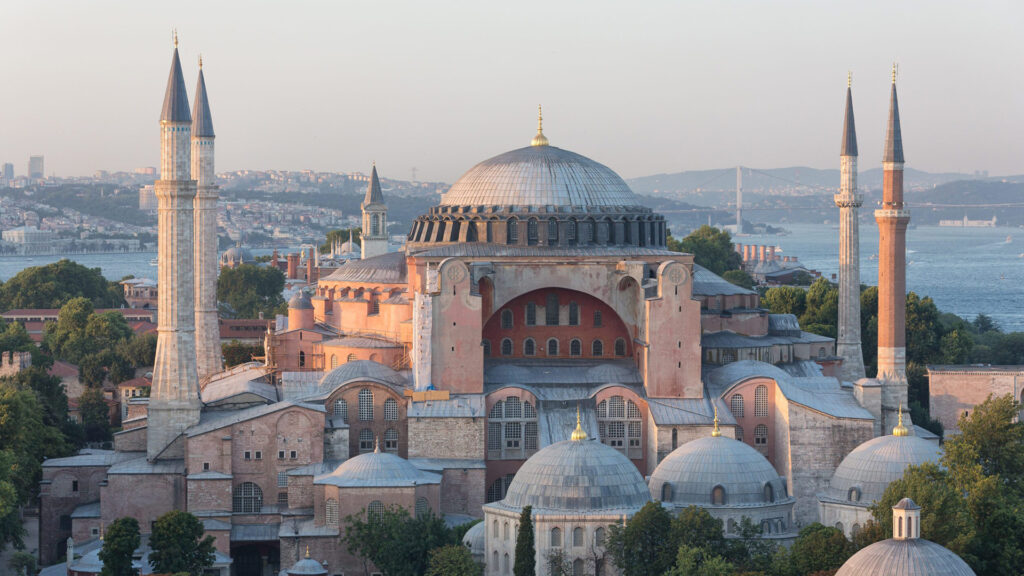
Byzantine architects built Hagia Sophia in 537 AD to showcase their engineering skills. It functioned as a cathedral, mosque, and now a museum, blending Christian and Islamic artistry.
Chora Church (Kariye Museum)
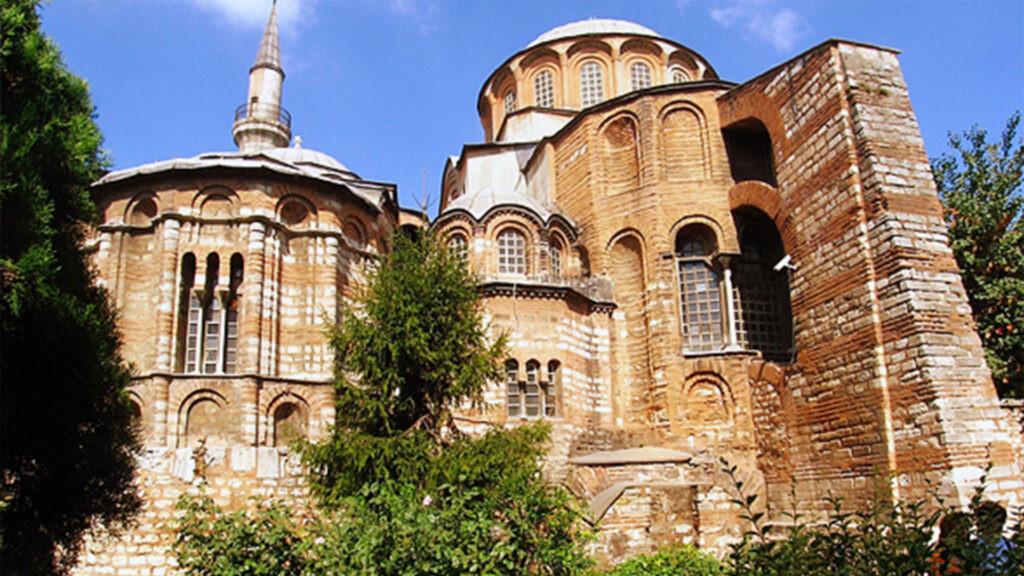
This 11th-century church impresses visitors with its stunning mosaics that narrate religious stories.
St. Mary of the Mongols

Unique among Byzantine churches, this 13th-century site has continuously served as a church.
Little Hagia Sophia (Küçük Ayasofya):
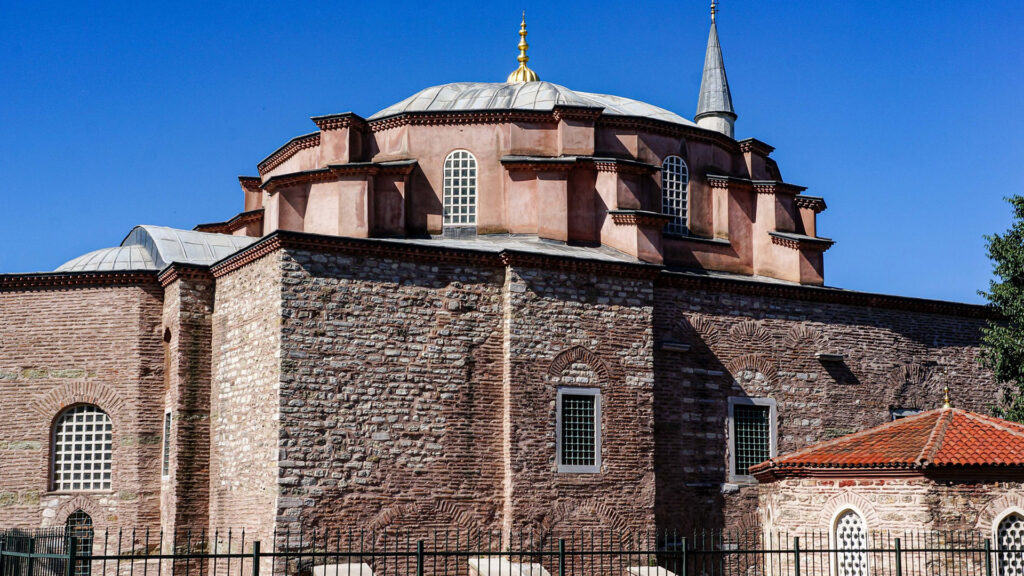
Ottoman authorities converted this Byzantine masterpiece into a mosque in the 16th century. However, it retains much of its original charm.
Roman Catholic Churches in Istanbul
Roman Catholic churches in Istanbul reveal the influence of Western European traditions. Moreover, they reflect Istanbul’s cosmopolitan character and its openness to cultural diversity.
St. Anthony of Padua (Sent Antuan Kilisesi)
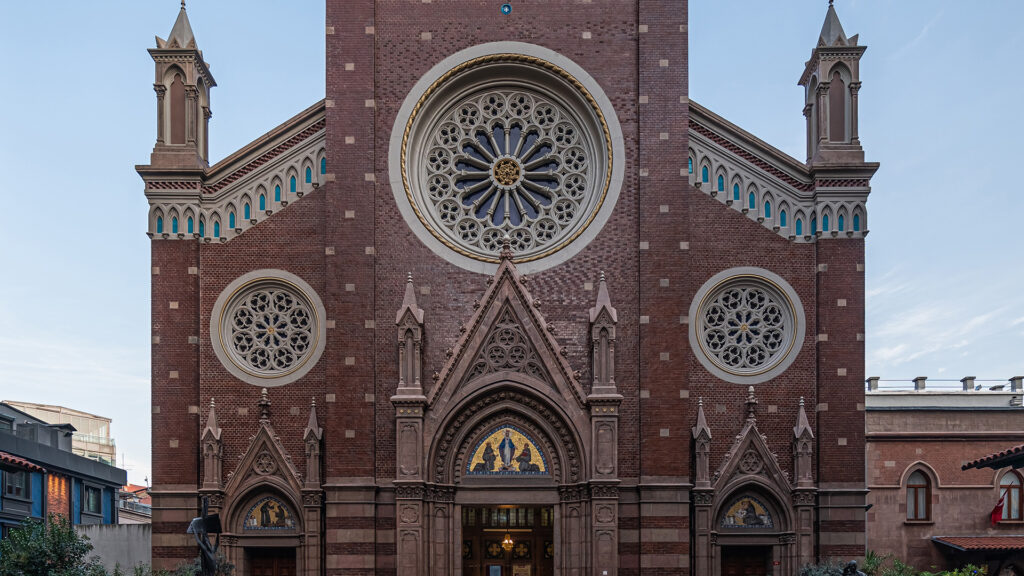
This neo-Gothic church on İstiklal Avenue is the largest Roman Catholic parish in the city.
Santa Maria Draperis
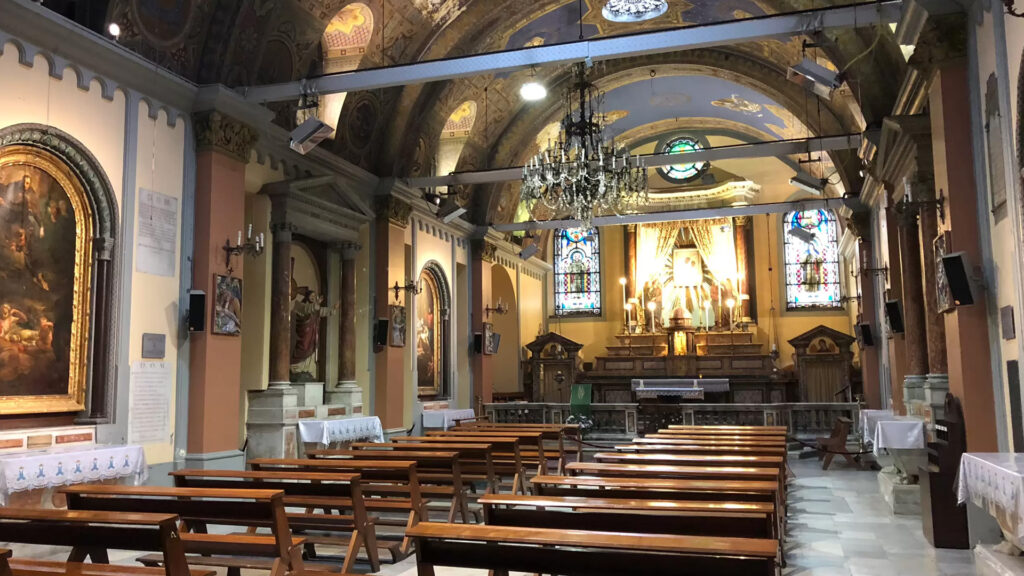
Built in 1584, this serene church remains one of the city’s oldest Roman Catholic landmarks.
St. Esprit Cathedral (Saint Esprit Kilisesi)
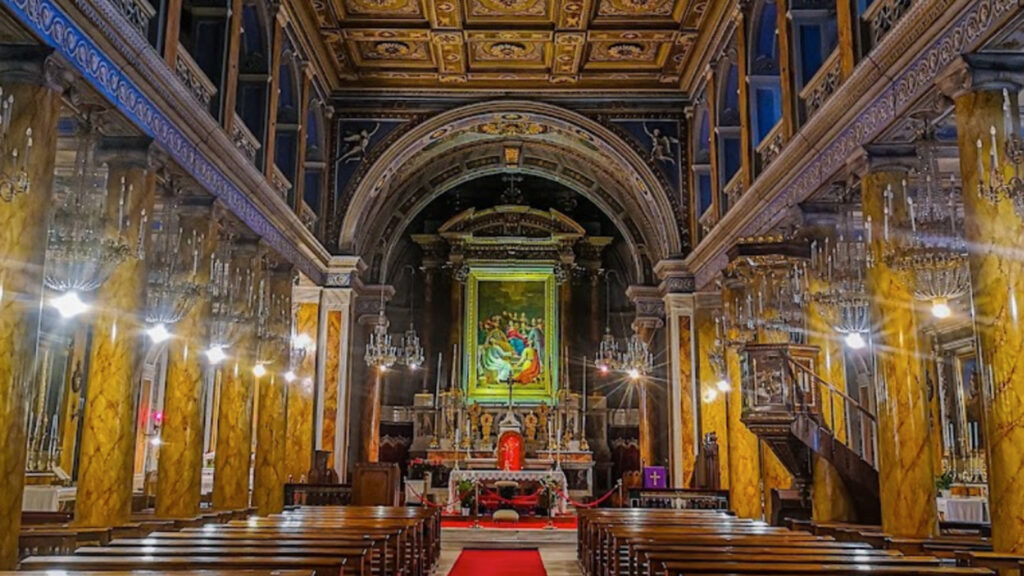
Architects constructed this cathedral in 1846. It houses tombs of popes and features stunning baroque details.
St. Louis of the French (Saint Louis des Français)
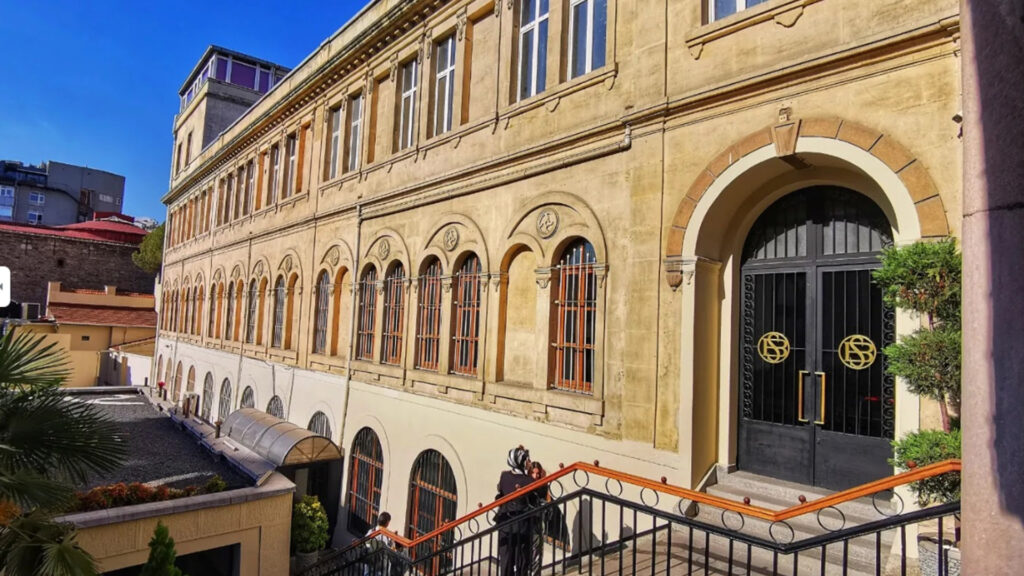
Serving French-speaking Catholics since 1581, this church exemplifies Istanbul’s multicultural heritage.
Greek Orthodox Gems
Greek Orthodox churches in Istanbul preserve spiritual traditions and cultural treasures. Furthermore, they are renowned for their icons and intricate designs.
Fener Greek Orthodox Patriarchate and St. George’s Cathedral
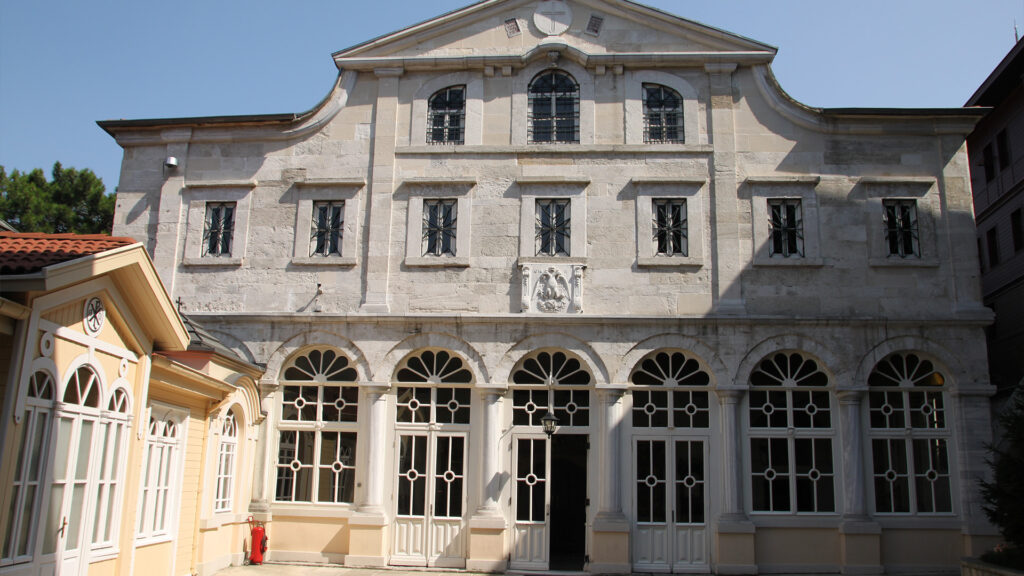
Found in Fener, this spiritual center holds relics and sacred icons.
Holy Trinity Church (Aya Triada)
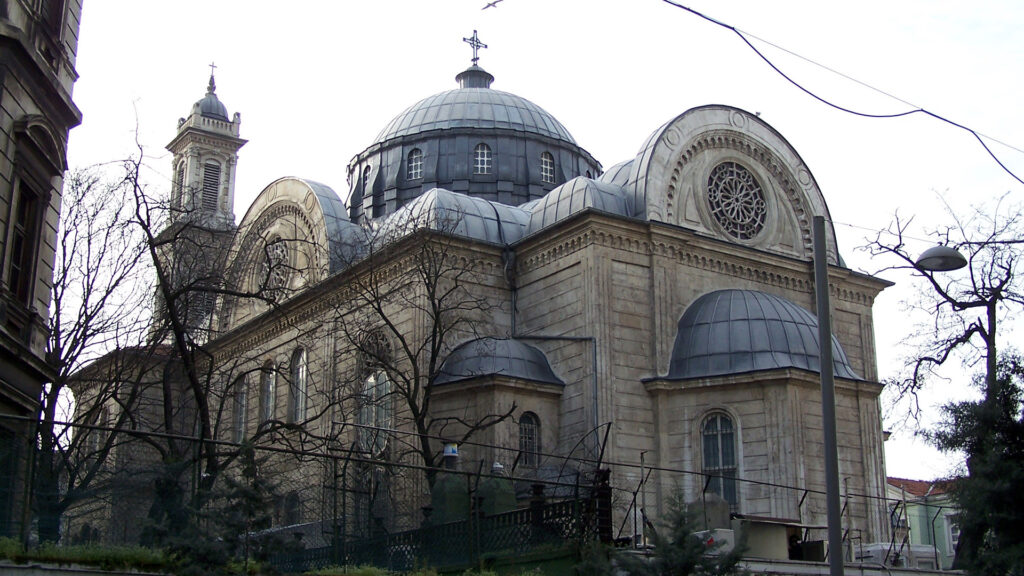
This 19th-century church in Taksim Square features a striking dome and ornate interior.
St. Nicholas Church (Aya Nikola)
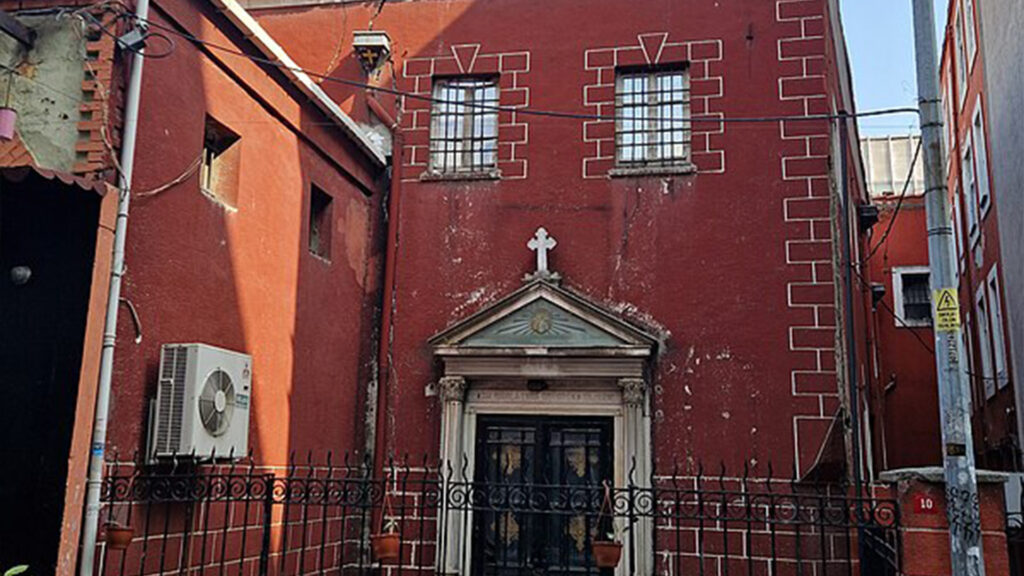
Built in the 16th century, this church honors the patron saint of sailors. Its tranquil atmosphere offers peace to visitors.
St. Mary of the Spring (Balıklı Meryem Ana Rum Ortodoks Kilisesi)
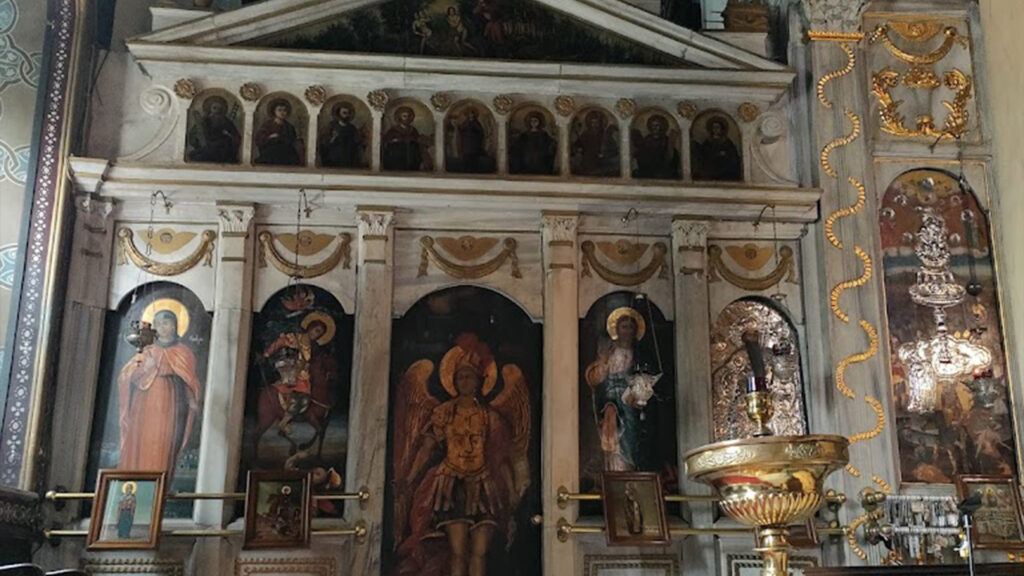
Many believe the sacred spring here has healing properties. Pilgrims often visit to seek blessings.
St. John the Baptist Church (Vaftizci Yahya Kilisesi)
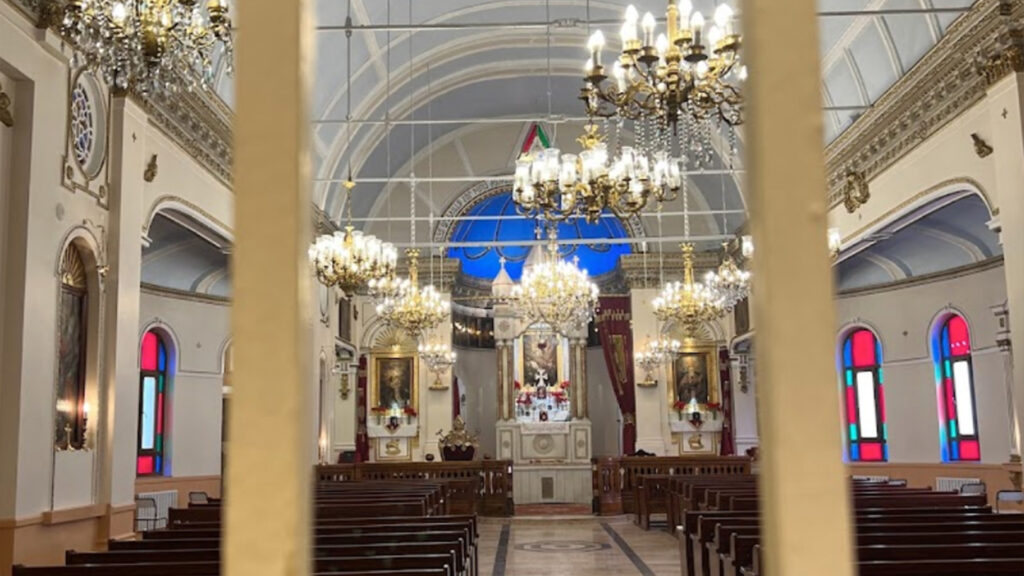
Located in Kuzguncuk, this Greek Orthodox church offers a serene setting for worship and reflection.
St. Dimitrios Church (Aya Dimitrios)
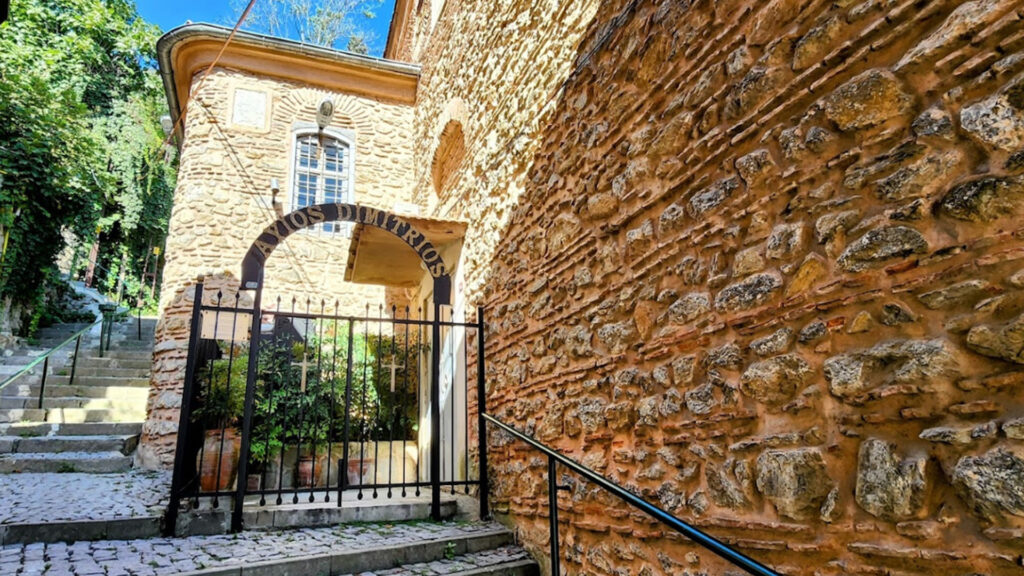
This church, dedicated to St. Demetrius, is a spiritual and historical treasure in Kuruçeşme.
Armenian Heritage Sites
Armenian churches in Istanbul highlight the deep roots of the Armenian community. They also contribute to the city’s religious and cultural diversity.
St. Gregory the Illuminator (Surp Krikor Lusavoriç)
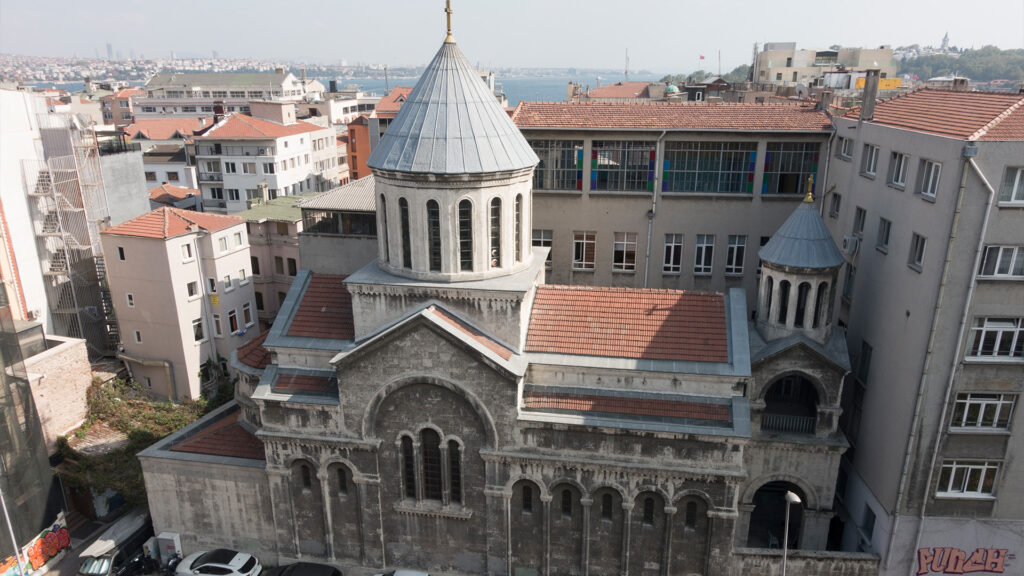
Founded in 1360, this is Istanbul’s oldest Armenian church.
St. John the Baptist (Surp Yuhannes)
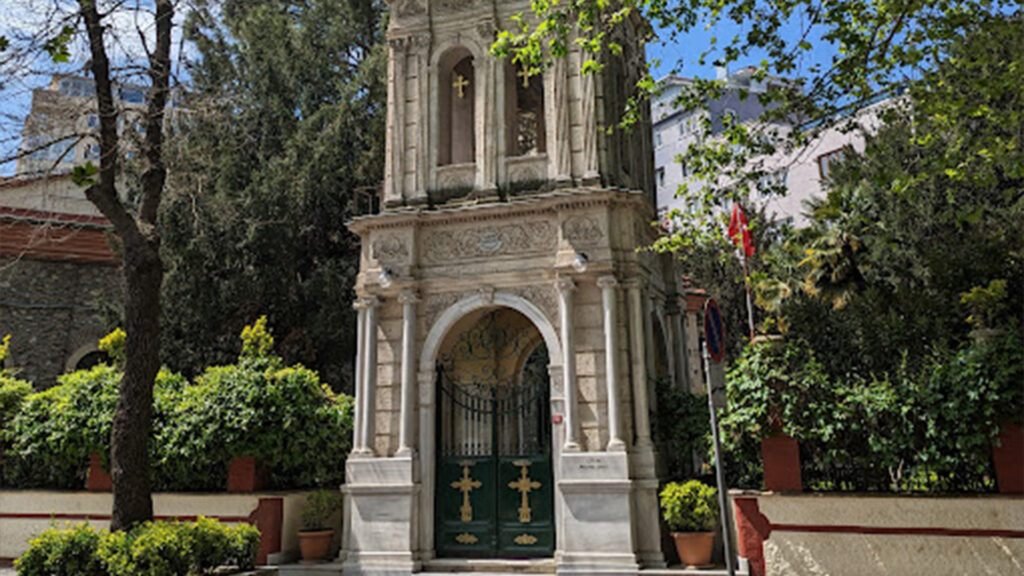
Found in Şişli, this Armenian Catholic church is admired for its ornate interior and historical significance.
Holy Mother of God Armenian Church (Surp Asdvadzadzin)
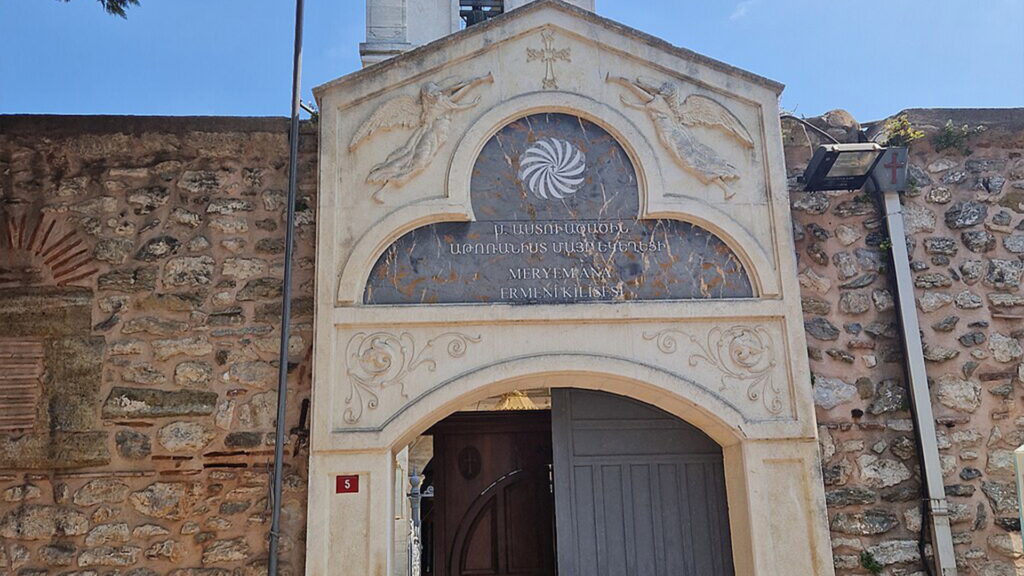
Situated in Kumkapı, this church plays a vital role in preserving Armenian spiritual traditions.
St. Vartanants Church (Surp Vartanants)
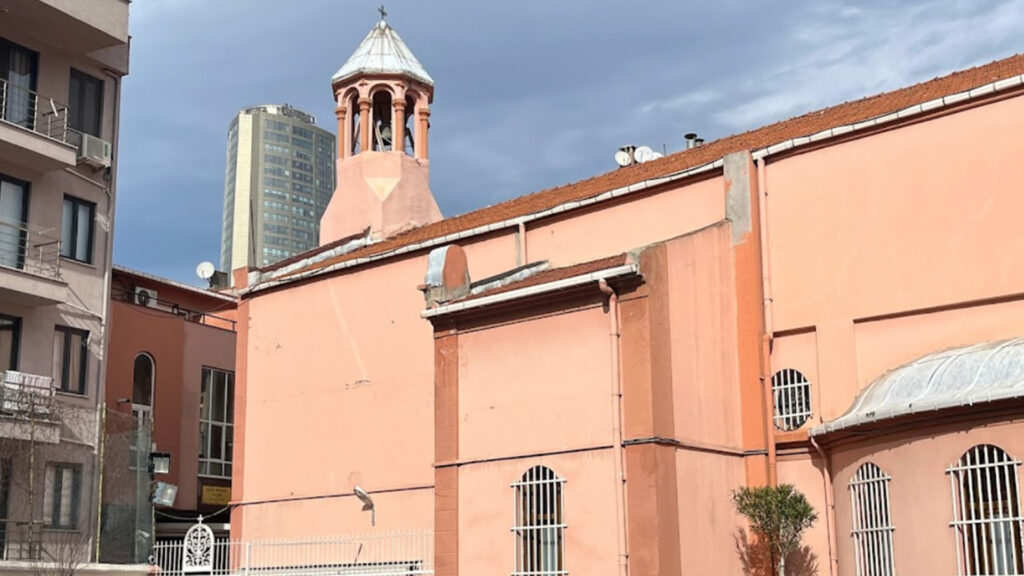
Renowned for its stained-glass windows, this church in Feriköy stands as a beacon of Armenian culture.
Unique Architectural Landmarks
These churches, such as the Iron Church and St. Irene, feature distinctive designs. Additionally, they showcase the architectural diversity of Istanbul.
Bulgarian St. Stephen Church (Sveti Stefan Kilisesi)
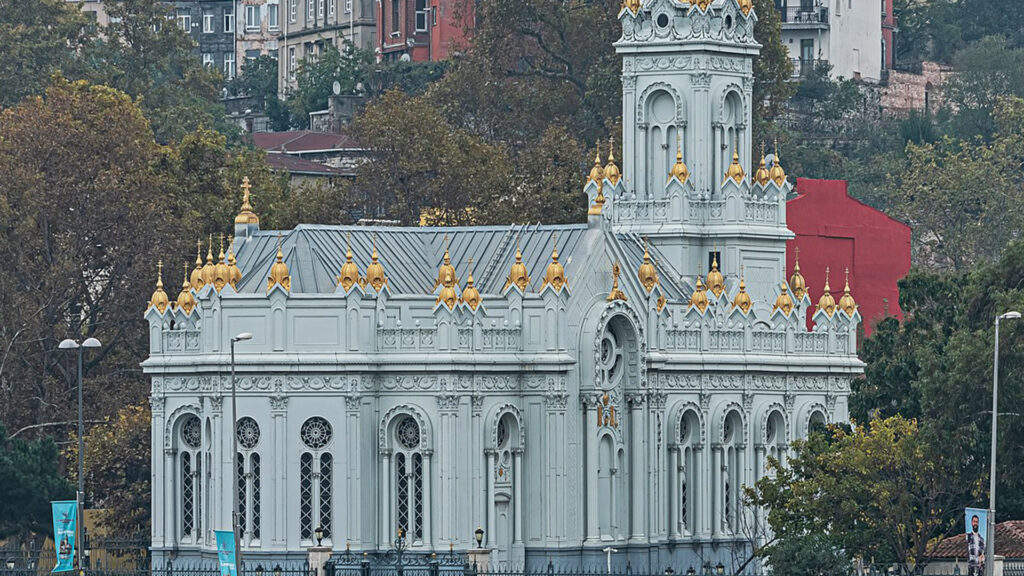
Known as the Iron Church, it was prefabricated in Vienna and assembled in Istanbul in 1898.
St. Irene Church (Aya İrini)
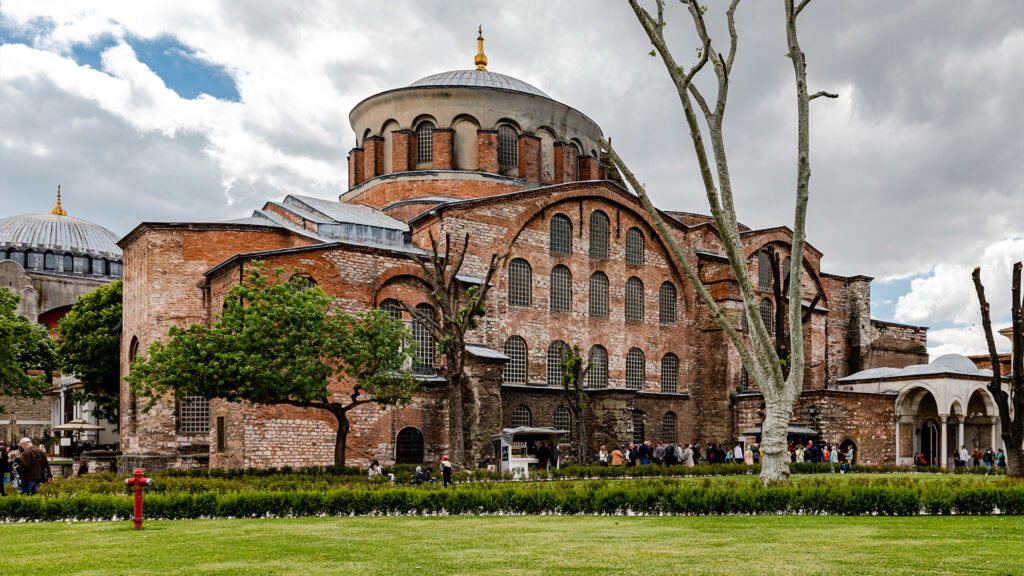
One of Istanbul’s oldest churches, it now serves as a museum and concert hall.
St. Sergius and Bacchus Church (Küçük Ayasofya)

Often referred to as “Little Hagia Sophia,” this church reflects Byzantine artistry and history.
St. Theodosia Church (Gül Camii)

Ottoman rulers converted this Byzantine church into a mosque. However, its Byzantine essence remains visible.
St. Mary of Blachernae (Meryem Ana Kilisesi)
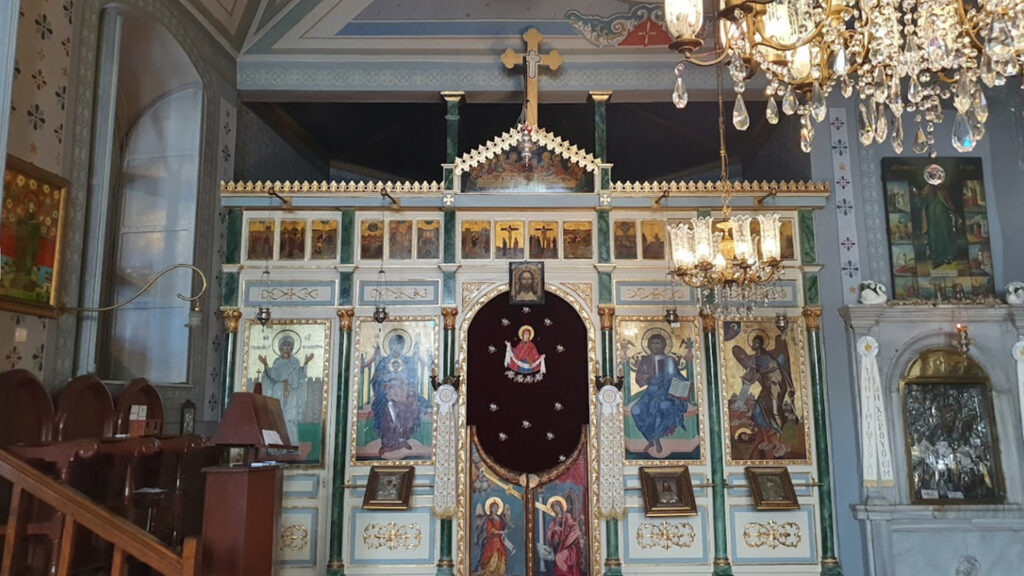
This church has been a pilgrimage destination since the 5th century. Its sacred spring is a key attraction.
St. Stephen’s Church (Sveti Stefan)

This unique church is renowned for its cast-iron structure, making it an architectural rarity.
Other Notable Churches
Istanbul’s remaining churches illustrate its multicultural fabric. Furthermore, they underscore the city’s history of religious coexistence.
St. Benoit Church (Saint Benoît Kilisesi)
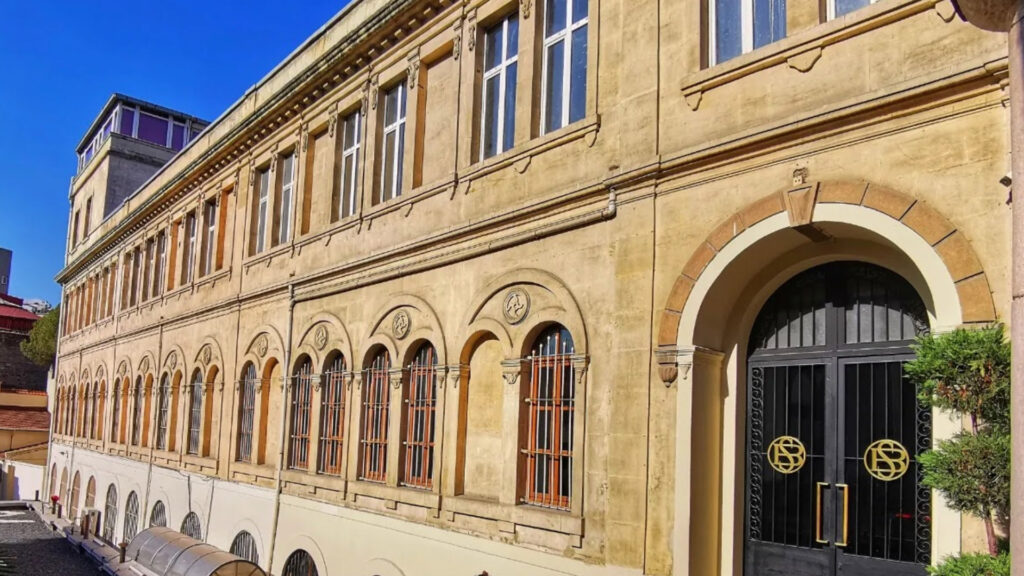
Established in 1427, this church is part of Istanbul’s oldest French school.
St. George’s Church (Aya Yorgi)
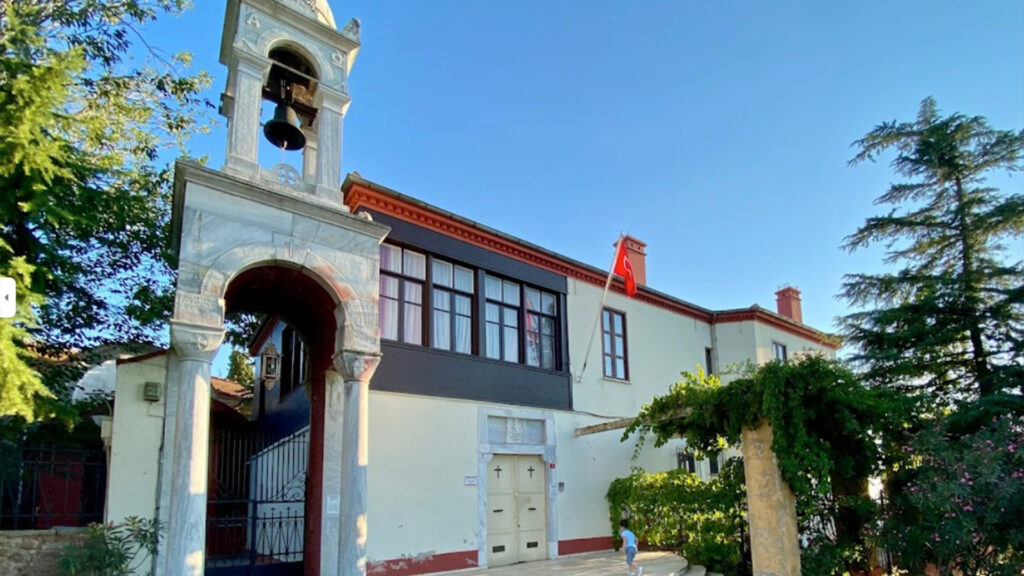
Located on Büyükada, this church is a popular pilgrimage site, especially during annual celebrations on April 23rd.
St. Euphemia Church (Aya Efimia)
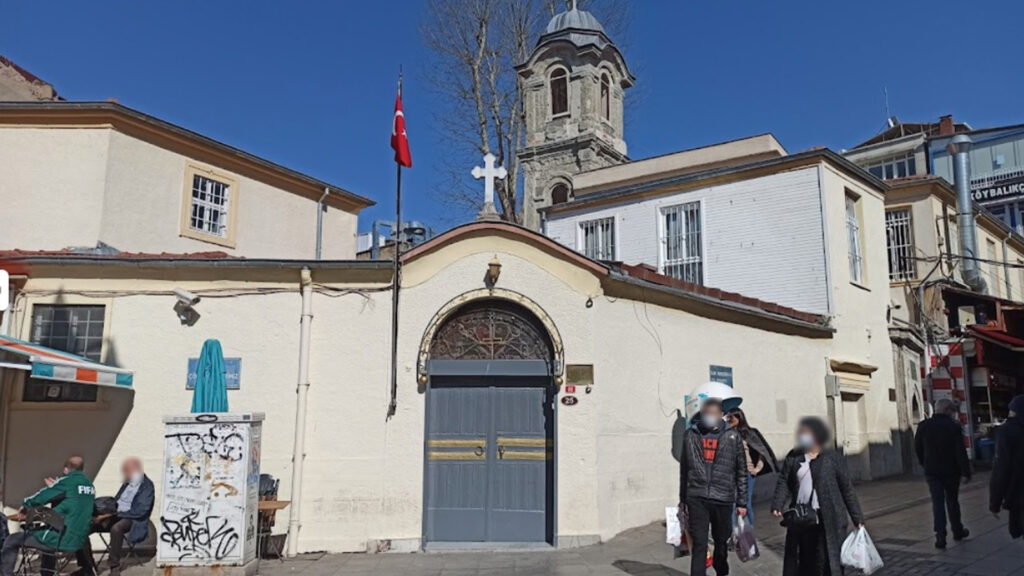
This Kadıköy church is dedicated to the Christian martyr St. Euphemia.
St. Nicholas Church (Aya Nikola)
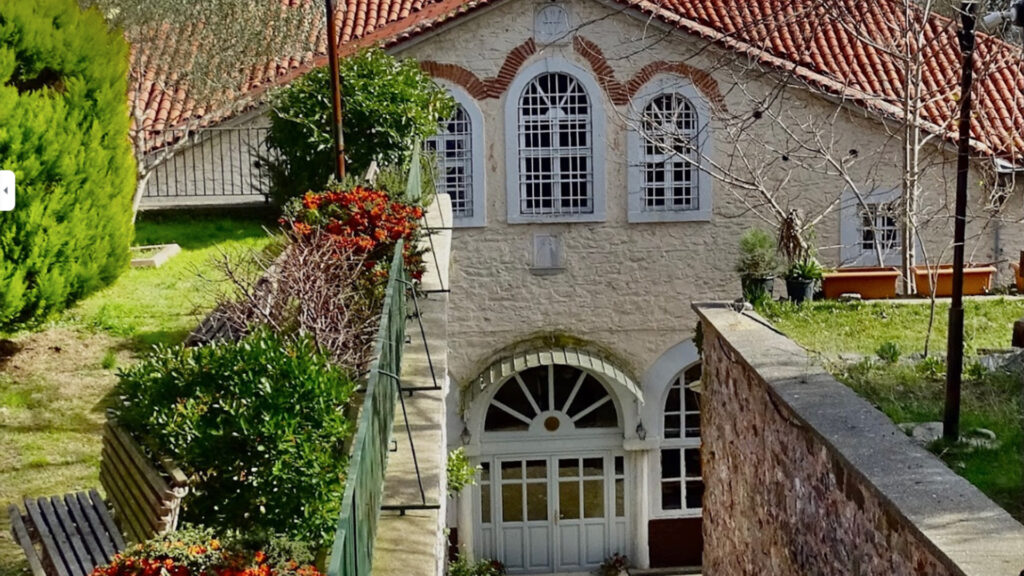
Found in Yeniköy, this church serves the Greek Orthodox community along the Bosphorus.
Conclusion: Istanbul’s Spiritual Legacy
Istanbul’s historic churches reflect its rich cultural and religious heritage. From the grandeur of Hagia Sophia to the serenity of St. Euphemia, these sacred sites inspire visitors. Exploring them enriches one’s understanding of the city’s multifaceted past.
Please note, however, that this content is intended solely for informational purposes and, therefore, does not include any promotional links or advertisements.
